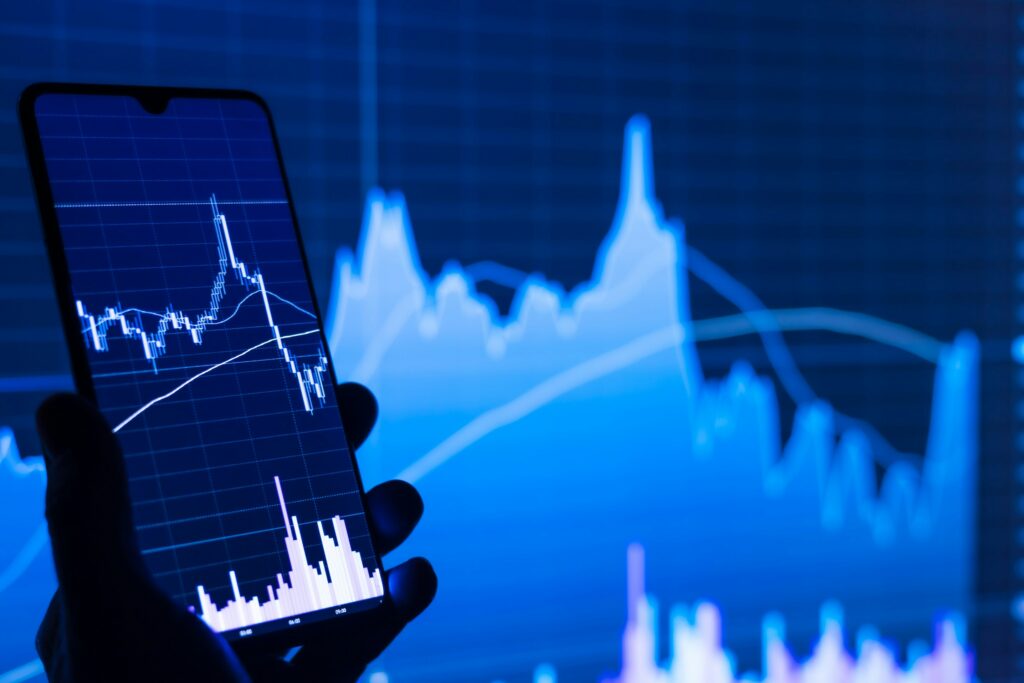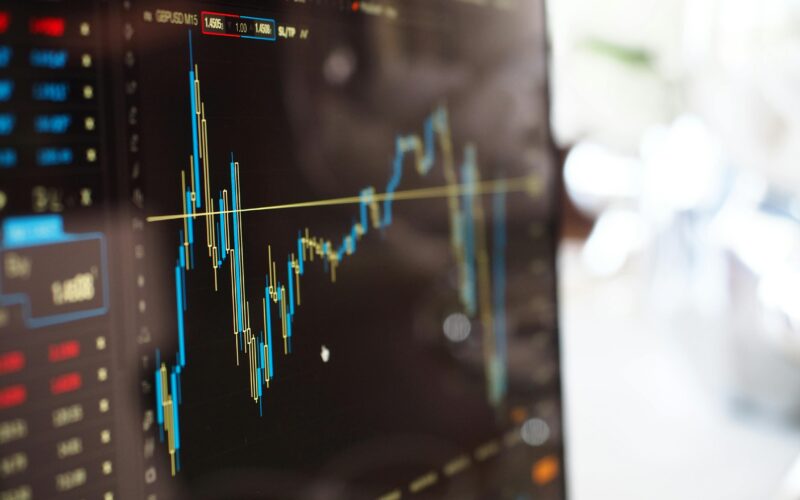The foreign exchange (forex) market is the largest and most liquid financial market in the world, with trillions of dollars traded every day. One of the most distinctive features of forex trading is leverage—a financial mechanism that enables traders to gain significant exposure to the market with only a fraction of the capital normally required. While leverage is a core reason why forex appeals to many, it remains one of the least understood and most dangerous tools in trading. Understanding leverage in detail is essential for anyone considering forex, whether you are a complete beginner or a more experienced investor looking to refine your strategy.
What Is Leverage in Forex Trading?
Leverage in forex trading means using borrowed funds from a broker to increase the potential return of an investment. Essentially, it is a loan provided by the broker that allows you to control a much larger position in the market than the amount of money you have actually deposited—known as your margin.
Leverage is always expressed as a ratio, such as 50:1, 100:1, or even 500:1, depending on the broker and regulatory environment. If you have a leverage of 100:1, it means that for every $1 of your own money, you can control $100 in the market. For example, with a $1,000 deposit and 100:1 leverage, you can take a position worth $100,000.
The Mechanics of Leverage: A Deeper Look
Let’s break down how leverage works with a practical example.
Imagine you want to trade the EUR/USD currency pair. The price is 1.1000. You believe the euro will appreciate against the dollar and decide to buy one standard lot (100,000 units). Without forex leverage, you would need to put up the entire $110,000 (assuming the current exchange rate) to control this trade. With 100:1 leverage, however, your required margin is only $1,100.
If the EUR/USD price increases by 50 pips (to 1.1050), your profit is approximately $500. If you had traded without leverage, a $500 gain on a $110,000 investment would be just 0.45%—barely noticeable. But with leverage, you made $500 from just $1,100—an impressive 45% return! However, the opposite is true if the price moves against you: a loss of 50 pips would wipe out nearly half your margin.
This simple example shows both the attraction and the danger of leverage: small market moves can translate into significant gains or equally significant losses.

Margin and Margin Calls
To understand leverage, you must also understand margin. Margin is the amount of money required in your trading account to open and maintain a leveraged position. It acts as a security deposit for your broker.
If your trade goes against you and your account balance falls below the required margin level, your broker may issue a margin call, demanding that you deposit more funds to keep your positions open. If you do not respond, your broker may close your trades automatically to prevent further losses. This can result in losing most or all of your initial investment within minutes or even seconds during volatile market conditions.
The Rewards of Leverage in Forex
Leverage offers several key benefits to forex traders:
First, leverage allows for greater market participation. You don’t need a large sum to get started; even small investors can access positions in the hundreds of thousands of dollars. This democratizes the market, giving retail traders a seat at the same table as banks and institutional investors.
Second, leverage enables amplified profit potential. With the right strategy, a trader can multiply their returns many times over, making forex trading appealing for those seeking high returns in a relatively short period.
Third, leverage facilitates capital efficiency. You can allocate your capital to multiple trades or different asset classes, rather than tying up your entire portfolio in a single position.
Fourth, leverage means you can capitalize on small price movements. Because forex pairs often move in small increments (called pips), trading without leverage would result in minimal gains. Leverage makes it possible to profit from these small fluctuations.
The Real Risks of Leverage
Yet, leverage also carries serious risks—often underestimated by new traders.
The most obvious risk is that losses are magnified in exactly the same way as profits. A relatively minor unfavorable movement in the market can quickly wipe out your entire trading account. For instance, with 100:1 leverage, a 1% loss in the underlying asset can result in a 100% loss of your invested capital.
Another significant risk is the psychological impact. High leverage can lead to emotional trading—greed, fear, panic—which often results in impulsive and poor decisions. Traders may try to recover losses by increasing position sizes (so-called “revenge trading”), which can escalate losses even further.
There is also the risk of forced liquidations. If your account falls below the required margin, your broker will close your positions automatically, often at the worst possible moment, locking in your losses.
In extreme cases, especially during periods of high volatility or unexpected news events, markets can “gap,” moving past your stop-loss orders and resulting in losses greater than your original investment. This is called negative balance risk, although many reputable brokers offer negative balance protection to retail clients.
Why High Leverage Is Offered—and Regulated
Brokers offer high leverage because forex markets are typically less volatile than stock or crypto markets, so significant positions are required to generate meaningful returns. However, in recent years, regulators have stepped in to limit leverage for retail traders. In the European Union, for example, the maximum leverage for major currency pairs is now 30:1; in the United States, it is capped at 50:1 for most forex instruments. This is a response to the large losses suffered by inexperienced traders using excessive leverage.
Despite these regulations, some offshore brokers still advertise very high leverage—up to 1,000:1. Traders should be cautious, as these high-leverage offerings often come with less regulatory protection.

Practical Tips: Using Leverage Safely
If you’re going to use leverage, it is critical to do so with discipline and a clear risk management plan. Here are some best practices:
- Understand Leverage and Margin Requirements: Before opening a leveraged trade, make sure you understand exactly how much you are risking and what your margin requirements are.
- Use Lower Leverage: Just because high leverage is available doesn’t mean you should use it. Many professional traders use much lower leverage—often 5:1 or even less.
- Always Set Stop-Loss Orders: Protect your trades with stop-losses to limit the maximum loss on each position.
- Risk Only a Small Percentage per Trade: A common rule is to never risk more than 1-2% of your account on a single trade.
- Stay Informed: Keep up with economic calendars and market news. Major news events can cause sudden, sharp moves in currency prices.
- Regularly Monitor Your Account: Don’t set and forget. Volatility can spike unexpectedly, and open positions can change quickly.
- Use Demo Accounts to Practice: Try trading with virtual money to understand how leverage works and to test your strategies without risking real funds.
- Educate Yourself: The more you know about forex markets, trading psychology, and risk management, the better prepared you will be.
Leverage, Lot Sizes, and Position Sizing
Understanding the relationship between leverage, lot size, and position sizing is fundamental. In forex, trades are usually made in “lots”: a standard lot is 100,000 units, a mini lot is 10,000, and a micro lot is 1,000. The lot size you choose determines the amount of leverage you are actually using.
For example, with $1,000 in your account:
- If you trade a standard lot ($100,000 position), you’re using 100:1 leverage.
- If you trade a mini lot ($10,000 position), you’re using 10:1 leverage.
- If you trade a micro lot ($1,000 position), you’re not using leverage at all.
Adjust your lot size based on your risk tolerance, the leverage offered by your broker, and the volatility of the currency pair.
Example: The Double-Edged Sword
Consider a trader with $2,000 in their account using 50:1 leverage to open a $100,000 position in USD/JPY. The trader expects the yen to weaken and the dollar to strengthen. But if the market moves against them by just 40 pips (a 0.4% move), they lose $400, or 20% of their account, in a single trade. If the market moves by 200 pips, the loss is $2,000—the entire account.
On the other hand, if the market moves in the trader’s favor by 40 pips, the same $400 is earned—20% gain from one small move. This illustrates how leverage can be both an opportunity and a threat.
Leverage Is Powerful, but Demands Respect
Leverage is a defining feature of forex trading, offering unique opportunities for high returns but also presenting very real risks that can quickly wipe out an account. While brokers may entice you with high leverage ratios, the safest and most successful traders use leverage cautiously, as a tool—never as a shortcut to wealth.
Understanding how leverage works, combining it with sound money management and disciplined trading, is the foundation of long-term success in the forex markets. Respect the risks, educate yourself continuously, and leverage can work for you—not against you.

